Les skis de randonnée nécessitent généralement des chaussures spécifiques pour la sécurité et la performance. Ces chaussures sont conçues pour faciliter la montée et contrôler la descente, mais elles peuvent être lourdes, coûteuses et difficiles à associer aux fixations. C'est là que Snowfeet* intervient. Au lieu d'avoir besoin de chaussures spécialisées, leur équipement fonctionne avec les chaussures d'hiver que vous possédez déjà - vous faisant gagner du temps, de l'argent et évitant les tracas.
Points clés :
- Chaussures de ski de randonnée alpine : Légères, efficaces pour les montées, mais chères (400–800 $) et nécessitent une compatibilité précise avec les fixations.
- Chaussures hybrides : Un mélange de caractéristiques pour la montée et la descente, mais toujours coûteuses (300–600 $) et liées à des systèmes complexes.
- Snowfeet* : Fonctionne avec des chaussures d'hiver classiques, des chaussures de snowboard ou des chaussures de randonnée. Coûte environ 250 $ et évite le besoin d'équipement spécialisé.
Si vous cherchez une façon plus simple et économique de profiter du ski de randonnée, Snowfeet* pourrait être votre meilleur choix. Leur système offre confort et flexibilité, vous permettant d'utiliser les chaussures que vous possédez déjà sans compromettre votre expérience.
Comment choisir des chaussures de ski de randonnée alpine pour le hors-piste
Types de chaussures pour skis de randonnée
Quand il s'agit de skis de randonnée, le choix de vos chaussures joue un rôle crucial dans vos performances en hors-piste. Les configurations traditionnelles nécessitent souvent des chaussures spécialisées coûteuses qui s'associent à des systèmes de fixations compliqués. Mais Snowfeet* change la donne en vous permettant d'utiliser vos chaussures d'hiver quotidiennes. Décortiquons les options et voyons comment elles se comparent.
Chaussures de ski de randonnée alpine (ISO 9523)
Les chaussures de ski de randonnée alpine (AT) sont souvent considérées comme le choix incontournable pour le ski de randonnée traditionnel. Ces chaussures disposent d'un mode marche/ski qui vous permet de déverrouiller la tige pour grimper en montée puis de la verrouiller pour descendre. Elles sont légères, ont des semelles rockées pour une meilleure adhérence, et vous permettent d'ajuster l'inclinaison vers l'avant pour plus de contrôle.
Mais voici le hic : elles sont coûteuses, allant de 400 à 800 $, et doivent correspondre à des fixations spécifiques. Des marques comme Salomon, Scarpa et Atomic dominent ce marché, mais naviguer dans les tableaux de compatibilité, les longueurs de semelle et les normes ISO peut sembler un travail à plein temps - surtout pour les débutants.
Les chaussures AT demandent aussi du temps pour être maîtrisées. Passer entre les modes marche et ski peut être délicat, et si quelque chose se casse pendant que vous êtes en pleine nature, vous êtes malchanceux. Il n'y a pas de solution facile.
Chaussures de Touring Hybrides
Les chaussures hybrides sont un compromis. Elles offrent une mobilité correcte en montée et une performance décente en descente, mais elles n'excellent dans aucun des deux domaines. Elles sont également liées à des systèmes de fixation coûteux, avec des prix allant de 300 à 600 $.
Le revers de la médaille ? Vous êtes toujours coincé dans le cycle de l'équipement de ski traditionnel, ce qui signifie souvent dépenser plus d'argent pour des améliorations par la suite. Et bien que les hybrides visent à équilibrer la performance, ils n'égalisent pas l'efficacité en montée des chaussures AT ni la puissance en descente des chaussures alpines standard.
Snowfeet* Compatible Boots
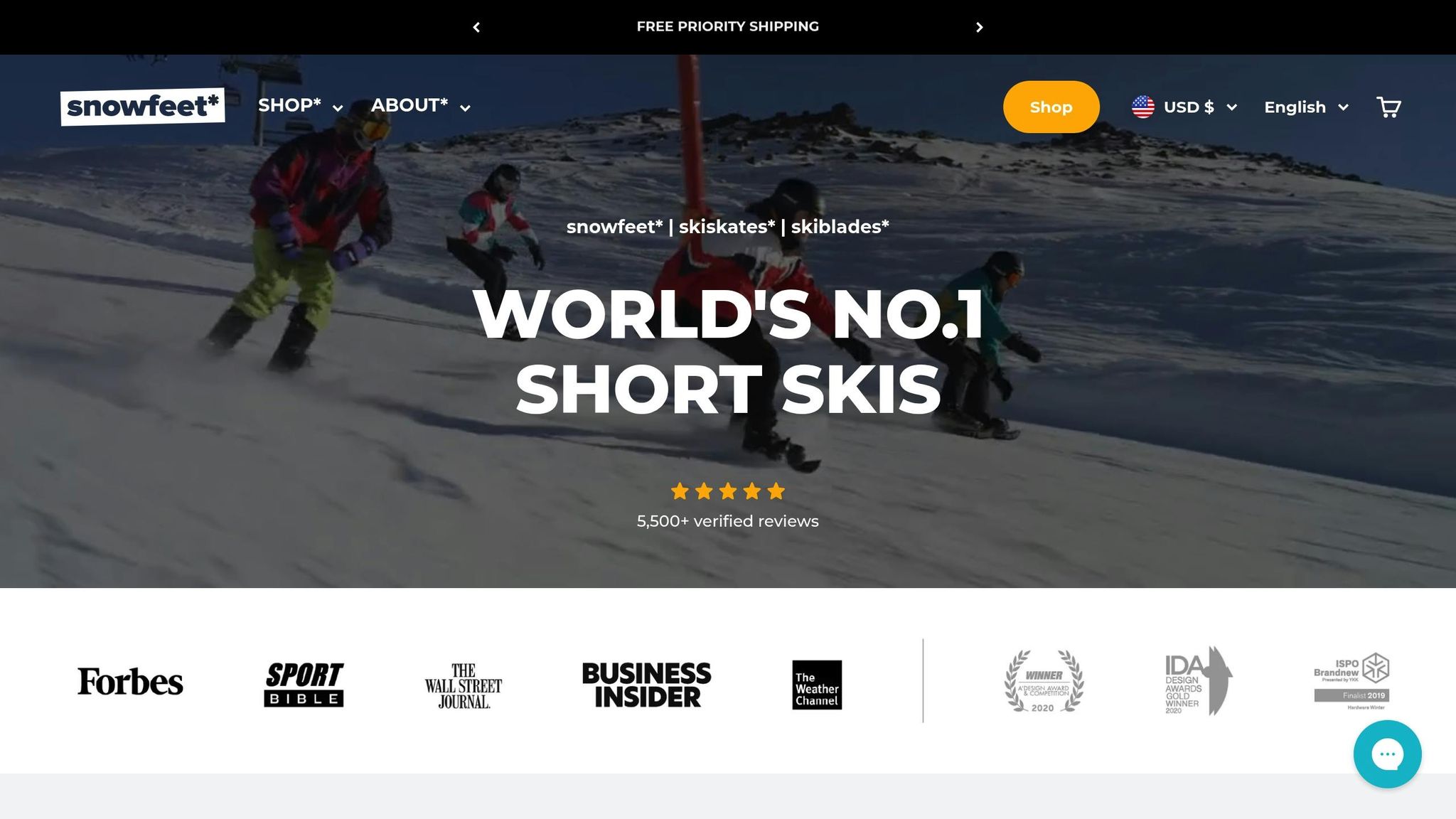
Snowfeet* adopte une approche complètement différente. Au lieu d'exiger des chaussures spécialisées, leurs produits fonctionnent avec les chaussures d'hiver que vous possédez déjà - ou tout autre chaussure confortable que vous préférez.
Les Snowfeet* WALKSKI Backcountry Touring Skis (100 cm, soit environ 39 pouces) disposent d'un système de fixation innovant qui s'adapte aux chaussures d'hiver classiques, aux chaussures de snowboard, voire même aux chaussures de randonnée. Cela signifie que vous pouvez éviter la sensation rigide et inconnue des chaussures AT et profiter du mouvement naturel et du confort de vos propres chaussures bien aimées.
Pourquoi est-ce important ? Vos chaussures d'hiver actuelles sont déjà conçues pour la marche, la chaleur et le confort - tout ce dont vous avez besoin pour la randonnée. Vous pouvez marcher naturellement, faire des pauses sans inconfort, et même randonner sur certains passages sans avoir à changer d'équipement.
L'avantage financier est énorme aussi. Au lieu de dépenser jusqu'à 1 300 $ pour des chaussures et fixations spécialisées, Snowfeet* vous permet de partir en backcountry pour seulement 250 $ - en utilisant des chaussures que vous avez déjà.
La polyvalence ici change la donne. Que vous utilisiez des chaussures de randonnée légères pour une sortie printanière, des chaussures d'hiver isolées pour les jours plus froids, ou des chaussures de snowboard pour une expérience de backcountry plus ludique, le choix vous appartient. Vous n'êtes pas enfermé dans un système coûteux.
Les marques de ski traditionnelles insistent souvent sur le fait que vous avez besoin d'un équipement spécialisé pour la sécurité et la performance. Mais Snowfeet* prouve le contraire. En fonctionnant avec vos chaussures existantes, ils rendent le ski de randonnée plus accessible et moins intimidant - pour tout le monde, pas seulement pour ceux qui ont un gros budget.
Cette configuration simplifiée réduit les coûts, améliore le confort et vous met sur la neige plus rapidement. Pendant que d'autres peinent encore à établir leurs tableaux de compatibilité, vous êtes déjà dehors à profiter de l'arrière-pays.
Guide de compatibilité chaussures et fixations
S'assurer que vos chaussures et fixations fonctionnent ensemble n'est pas qu'un détail technique - c'est essentiel pour votre sécurité et vos performances sur les pistes. La connexion entre vos chaussures et fixations joue un grand rôle pour garantir un déclenchement approprié en cas de chute et offrir des performances constantes lorsque vous skiez. Les configurations de randonnée traditionnelles exigent souvent d'associer des chaussures spécifiques à des fixations spécifiques, ce qui peut devenir compliqué. Snowfeet*, cependant, simplifie les choses avec un système intégré qui évite tous les problèmes de compatibilité. Décomposons comment cela fonctionne et examinons de plus près les normes qui façonnent la compatibilité des chaussures.
Normes ISO pour les chaussures de ski
La plupart des chaussures de ski alpin suivent la norme ISO 5355. Cette norme définit les caractéristiques clés de conception qui rendent ces chaussures compatibles avec les fixations alpines. Les chaussures de randonnée, quant à elles, sont conçues pour la montée. Mais leurs designs variés peuvent rendre leur association avec des fixations de randonnée traditionnelles un peu compliquée. Pour y remédier, les marques traditionnelles fabriquent des fixations avec des spécifications strictes basées sur ces normes.
Types de fixations traditionnelles
Les grands noms du monde du ski et du snowboard - comme Salomon, Atomic, et Rossignol - conçoivent leurs fixations pour fonctionner avec des normes spécifiques de chaussures. Voici comment cela se décompose généralement :
- Fixations alpines : Conçues pour les bottes conformes à la norme ISO 5355, garantissant un ajustement sûr et fiable.
- Fixations à broches Tech : Elles utilisent des inserts dans les bottes pour créer une connexion légère et sécurisée, idéale pour la randonnée.
- Fixations hybrides : Un mélange de caractéristiques alpines et de randonnée, visant à offrir le meilleur des deux mondes.
Bien que ces systèmes soient fiables, ils peuvent limiter vos choix de bottes et augmenter vos coûts globaux.
Compatibilité des fixations Snowfeet*
Voici où Snowfeet* change la donne. Oubliez l'adaptation des bottes aux normes des fixations ou l'étude des tableaux de compatibilité. Snowfeet* a conçu un système de fixation intégré et innovant qui fonctionne avec une grande variété de chaussures. Que vous portiez vos bottes d'hiver préférées de marques comme Sorel, des chaussures de randonnée robustes, ou des bottes de snowboard de Burton, Snowfeet* vous couvre. Avec les skis de randonnée WALKSKI Backcountry, vous pouvez partir en pleine nature avec le matériel que vous possédez déjà et en lequel vous avez confiance. Ce système rend le ski de randonnée plus accessible et sans tracas, vous donnant la liberté de choisir ce qui vous convient le mieux.
sbb-itb-17ade95
Comment choisir les bonnes bottes pour les skis de randonnée
Choisir les bonnes bottes pour les skis de randonnée revient à comprendre votre style de ski et à peser les avantages des systèmes plus simples.
Facteurs clés à considérer
Quand il s'agit de choisir les bonnes bottes, quelques éléments ressortent vraiment :
- Type de terrain : Si vous affrontez un terrain escarpé et accidenté, les bottes de randonnée alpine traditionnelles offrent la rigidité nécessaire. Mais pour des pentes plus douces, ce niveau de performance peut être excessif.
- Niveau de compétence : Les débutants sont souvent orientés vers du matériel avancé, mais les équipements techniques peuvent être impitoyables pour ceux qui commencent.
- Confort et facilité : Les bottes traditionnelles privilégient souvent la performance au confort, nécessitant plus d'entretien et décourageant certains skieurs.
- Budget : Les équipements traditionnels haut de gamme peuvent devenir coûteux, les rendant moins accessibles pour beaucoup.
Ces facteurs soulignent pourquoi des systèmes plus simples, comme Snowfeet*, peuvent mieux convenir à de nombreux skieurs.
Pourquoi Snowfeet* change la donne
Snowfeet* prend toutes ces considérations en compte et offre une solution simple. Comme mentionné dans notre guide de compatibilité des fixations, Snowfeet* fonctionne avec les chaussures que vous possédez déjà - que ce soit vos fidèles bottes d'hiver, vos chaussures de randonnée ou même vos bottes de snowboard. Les skis de randonnée WALKSKI Backcountry sont conçus pour une compatibilité maximale, éliminant les tracas habituels de trouver l'accord parfait entre bottes et skis.
Le design compact de 100 cm des skis Snowfeet* les rend plus maniables que les skis de randonnée traditionnels, qui sont généralement beaucoup plus longs. Cela signifie qu'ils sont parfaits pour les nouveaux skieurs qui veulent quelque chose de plus facile à gérer et qui renforce la confiance. De plus, ils sont super portables - vous pouvez les glisser dans le coffre de votre voiture ou même dans un sac à dos sans effort.
Un autre grand avantage ? Pas besoin de dépenser une fortune dans un système de chaussures de randonnée spécialisé. Avec Snowfeet*, vous pouvez rester avec le matériel que vous connaissez et aimez déjà. Vous pouvez même passer du ski à la randonnée sans changer de chaussures, ce qui vous offre plus de flexibilité pour explorer les sentiers d'hiver.
L'entretien est également un jeu d'enfant. Oubliez les réglages compliqués des fixations ou les soucis de rangement supplémentaire. Avec Snowfeet*, vous passerez plus de temps à profiter des pistes et moins de temps à gérer les tracas liés au matériel.
Bien sûr, les alpinistes aguerris peuvent encore préférer les configurations traditionnelles pour des conditions extrêmes, mais pour la plupart des passionnés de sports d'hiver, Snowfeet* offre tout le plaisir sans les complications.
Conclusion : Snowfeet* facilite les sports d'hiver
En ce qui concerne les skis de randonnée, la nécessité de chaussures spéciales dépend vraiment de vos objectifs. Les configurations traditionnelles exigent souvent des chaussures de ski de randonnée alpines conformes à des normes ISO strictes. Bien que ces chaussures soient excellentes pour les configurations avancées, elles peuvent sembler excessives - et représenter un coût supplémentaire - si vous cherchez simplement à profiter d'un moment de détente dans la neige.
Snowfeet* change la donne en vous permettant de passer outre les chaussures spécialisées. Leurs skis de randonnée WALKSKI Backcountry sont conçus pour fonctionner avec les chaussures que vous possédez déjà. Cela signifie pas de dépenses supplémentaires pour du matériel que vous n'utiliserez peut-être que quelques fois par an. De plus, avec une longueur compacte de 100 cm, ces skis sont bien plus faciles à transporter que les modèles typiques de 160 à 190 cm. Glissez-les dans le coffre de votre voiture ou dans votre sac à dos, et vous êtes prêt pour une sortie hivernale spontanée.
Contrairement aux grandes marques comme Salomon, Dynafit ou Black Diamond, qui s'adressent aux athlètes aguerris avec des équipements haute performance, Snowfeet* se concentre sur la simplicité et l'accessibilité des sports d'hiver. Leur matériel nécessite peu d'entretien, vous permettant de passer moins de temps à vous occuper de l'équipement et plus de temps à vous amuser dans la neige. Il s'agit de supprimer les obstacles qui peuvent rendre le ski en hors-piste intimidant.
Pour la plupart des passionnés de sports d'hiver, Snowfeet* trouve le juste milieu : facile à utiliser, portable et tout simplement amusant. Que vous parcouriez des sentiers de randonnée douce en hors-piste ou que vous aidiez un ami à essayer le ski pour la première fois, Snowfeet* prouve que garder les choses simples peut toujours offrir une expérience géniale.
FAQ
Qu'est-ce qui fait de Snowfeet* un meilleur choix que les chaussures de ski de randonnée alpines traditionnelles pour le ski en hors-piste ?
Snowfeet* révolutionne le ski de randonnée en étant compatible avec des chaussures d'hiver classiques, des chaussures de snowboard ou des chaussures de ski. Cela signifie que vous pouvez éviter la contrainte d'investir dans des chaussures de touring spécialisées, gardant votre équipement simple et flexible.
Ce qui distingue vraiment Snowfeet*, c'est leur design léger et portable. Fabriqués en plastique durable, ils sont bien moins encombrants que les chaussures de touring alpines traditionnelles. De plus, passer de la marche au mode ski est un jeu d'enfant, ce qui vous fait gagner du temps et de l'énergie sur le sentier. Avec Snowfeet*, le ski de randonnée devient plus pratique et confortable, vous permettant de vous concentrer sur l'aventure à venir.
Peut-on utiliser des chaussures d'hiver classiques ou des chaussures de snowboard avec les skiskates Snowfeet* ?
Les skiskates Snowfeet* sont conçus pour s'associer facilement avec vos chaussures d'hiver classiques ou chaussures de snowboard - pas besoin de ces chaussures de ski coûteuses et encombrantes ni de fixations spéciales. Cela en fait une option super pratique pour tous ceux qui veulent se lancer dans les sports d'hiver sans se ruiner ni transporter un équipement lourd.
Ces skiskates sont équipés de fixations simples, non-désolidarisables qui offrent un contrôle et une stabilité solides, rivalisant avec ce que vous obtiendriez avec des skis traditionnels. Le design trouve un équilibre entre sécurité et performance, proposant une approche conviviale de l'équipement de ski. Que vous soyez débutant ou expert, Snowfeet* facilite - et simplifie grandement - le plaisir hivernal.
Snowfeet* sont-ils efficaces dans différentes conditions hivernales et terrains comparés aux skis traditionnels ?
Oui, Snowfeet* révolutionnent le plaisir hivernal. Contrairement aux skis traditionnels, souvent encombrants et nécessitant beaucoup d'équipement supplémentaire, Snowfeet* sont légers, compacts et très faciles à utiliser. Que vous partiez pour une randonnée tranquille en backcountry ou que vous glissiez sur des pistes damées, ils sont parfaits pour garder les choses simples et agréables. Leur petite taille les rend aussi incroyablement maniables, surtout dans les espaces étroits ou sur un terrain accidenté.
Alors que les skis traditionnels restent souvent le choix pour la poudreuse profonde ou les pistes raides, Snowfeet* brillent par leur praticité et leur polyvalence. Ils sont idéaux pour tous ceux qui cherchent une alternative amusante et sans tracas au ski ou au snowboard - sans équipement lourd ni chaussures spéciales. Grâce à leur conception ingénieuse, ils offrent une glisse fluide et excitante dans la plupart des conditions de neige.
Articles de blog connexes
- Faut-il des chaussures spéciales pour les fixations de touring ? FAQ répondues
- Comprendre les différents types de semelles de chaussures de ski (Alpin, GripWalk, Touring) - 2025
- Les skis All-Mountain sont-ils adaptés au touring ? Un guide rapide
- Meilleurs skis de randonnée & touring pour 2025 (Débutant à avancé)







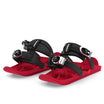
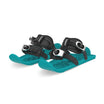












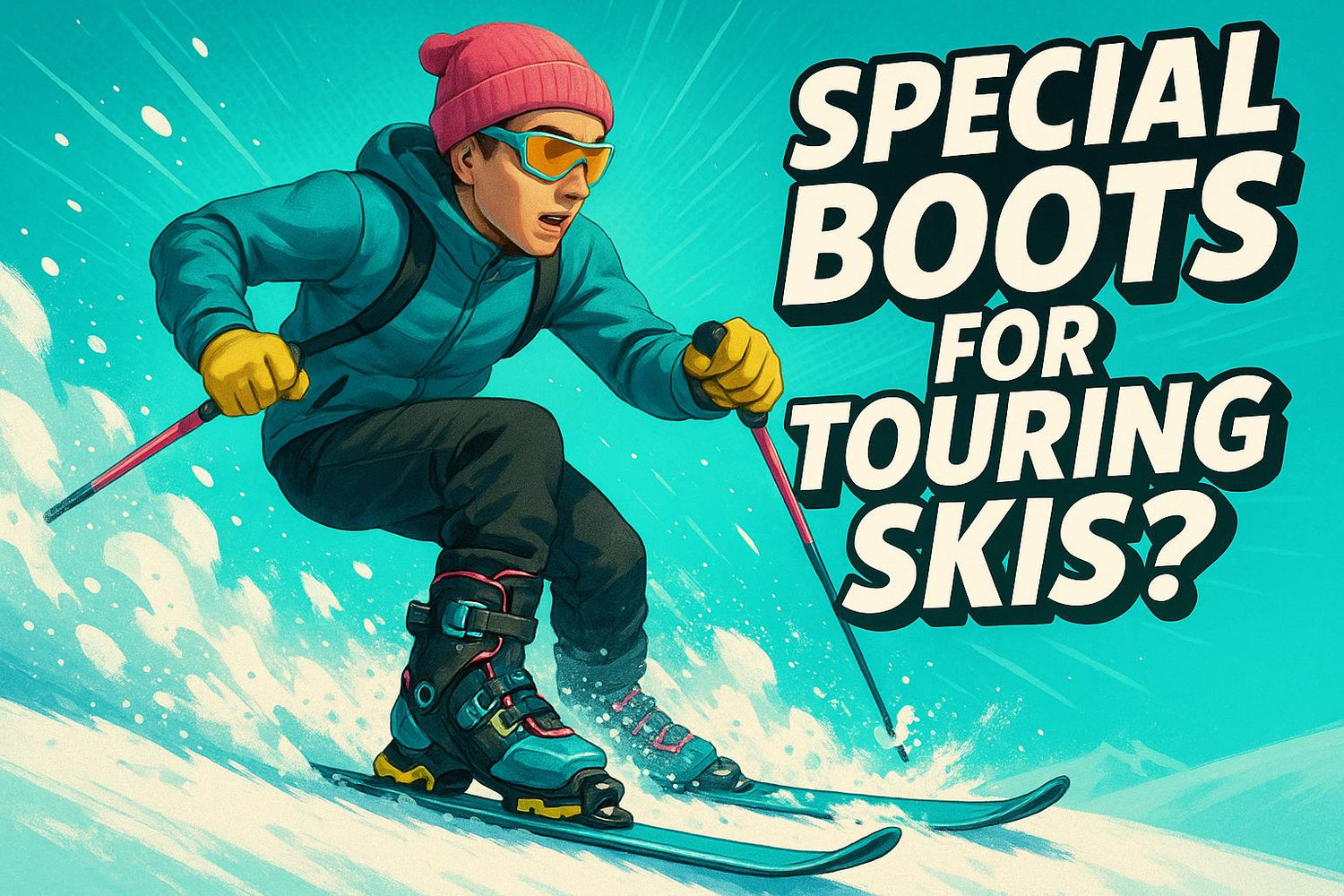
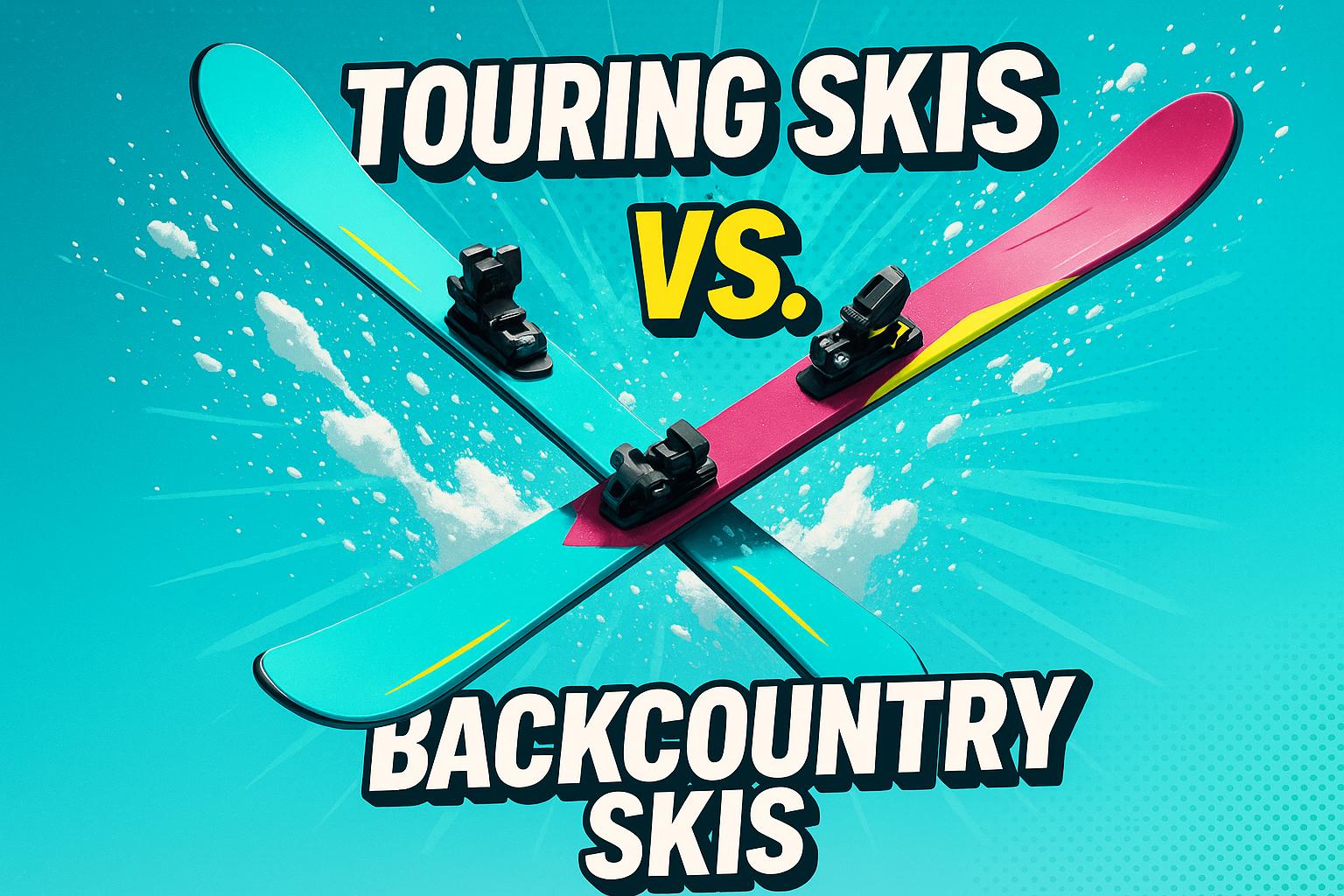





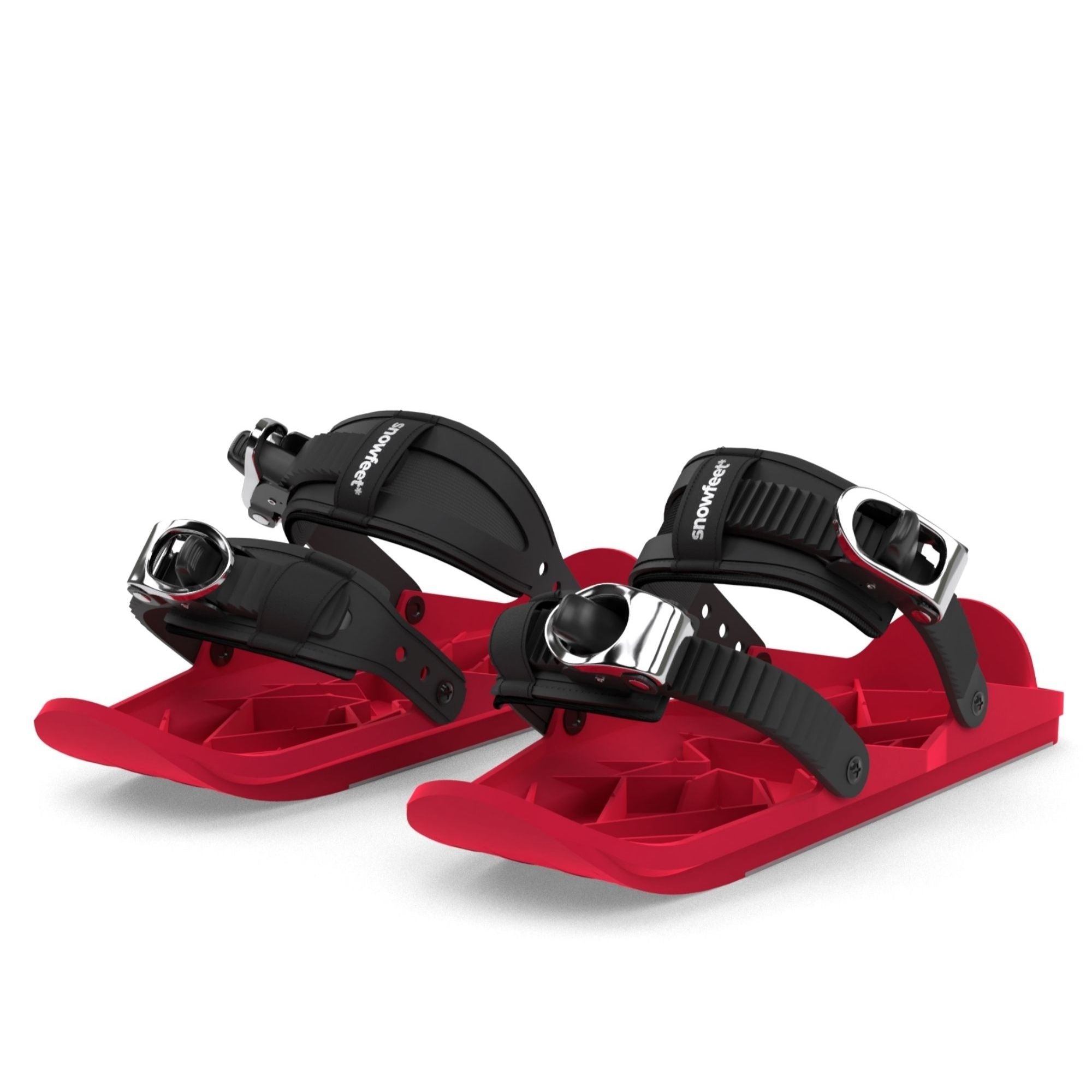
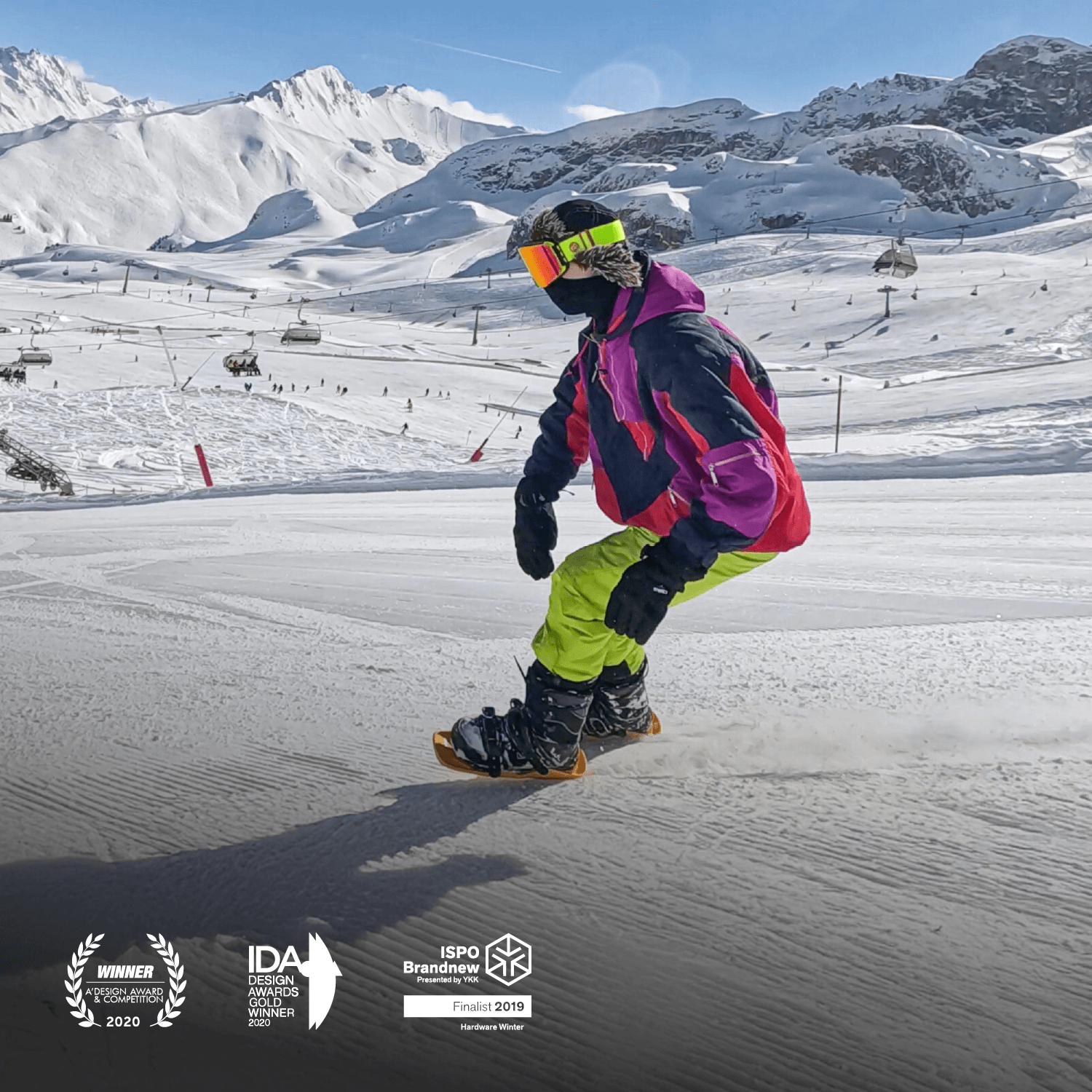




Laisser un commentaire
Ce site est protégé par hCaptcha, et la Politique de confidentialité et les Conditions de service de hCaptcha s’appliquent.